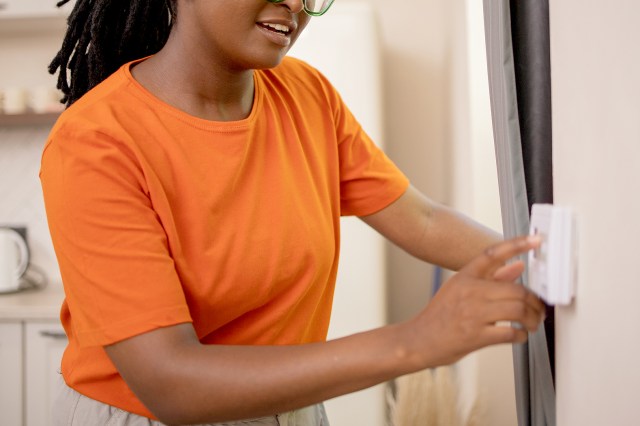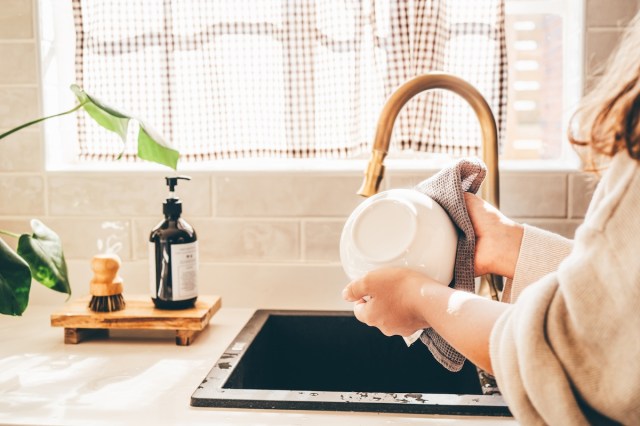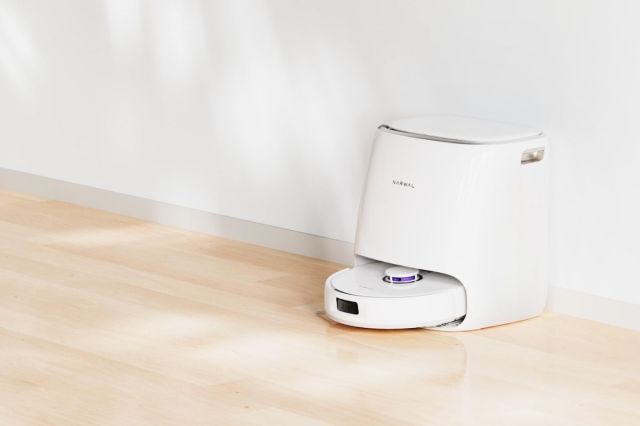Warm spring weather has many of us reaching to turn down the thermostat and fish our shorts out of the back of our closet. However, hold off before you touch that dial — the season also brings unpredictable weather and fluctuating temperatures, often leaving you overly warm in the daytime and shivering at night. Here’s how to set your thermostat in the spring to stay comfortable while keeping your energy bills low.
All featured products and deals are selected independently and objectively by the author. Better Report may receive a share of sales via affiliate links in content.
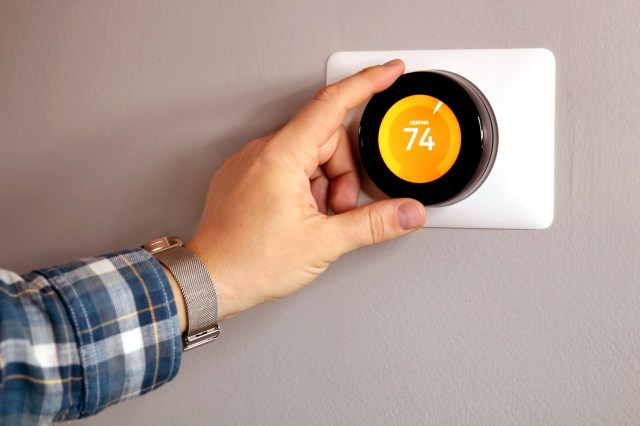
The Ideal Temperature
The World Health Organization suggests keeping your home temperature at a minimum of 64.4 degrees Fahrenheit year-round. To prevent your home from getting too cold, set your thermostat between 68 degrees Fahrenheit and 70 degrees Fahrenheit during the day — a nice middle range that prevents your HVAC from working overtime. According to the U.S. Department of Energy, this is also the best range for maximizing energy efficiency while staying comfortable.
At night, set your thermostat between 60 degrees Fahrenheit and 67 degrees Fahrenheit to keep energy bills low and improve sleep. Lower temperatures may be better for both sleep health and energy efficiency. People sensitive to the cold may want to set temperatures a few degrees higher for a more comfortable nighttime environment.
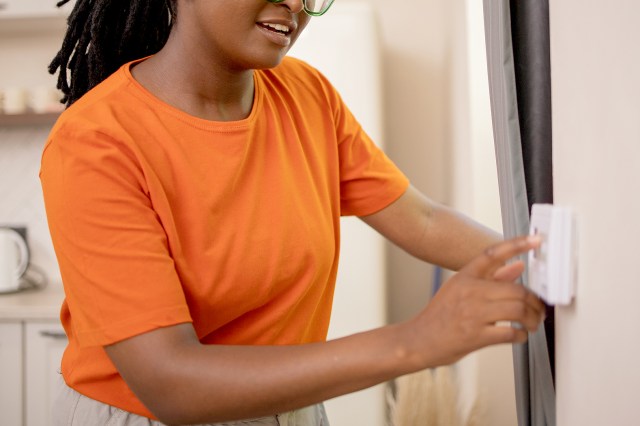
Don’t Turn Off the Thermostat Before a Trip
Some of us temporarily turn our HVACs off during the spring when we’re away from the house, but this may do more harm than good. Turning off the HVAC for several hours or days means it has to work harder to catch up when you turn the system back on, negating any potential savings. Keep your thermostat between 68 degrees Fahrenheit and 70 degrees Fahrenheit when you leave the house to keep your home evenly cooled while you’re gone.
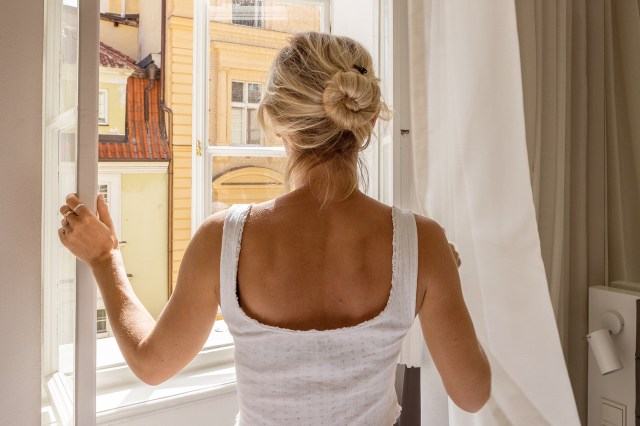
Optimize Your HVAC
You can maximize energy efficiency using the beautiful spring weather. Rather than setting your thermostat to a low temperature, open your windows and use fans to circulate cool air in your home. This is the one occasion where you can turn your HVAC off and allow the natural circulation to keep your house at a comfortable temperature. When you eventually turn the HVAC back on, it won’t have to work overtime to catch up. Old or poorly installed insulation may also be raising your energy bills to skyrocket. Fall and spring are the best times to check your windows and doors for drafty areas and loose seals. If you find a draft, install weather stripping or adhesive insulation.
Featured Image Credit: Rockaa/ iStock
More From Our Network
Better Report is part of Inbox Studio, which publishes content that uplifts, informs, and inspires.
